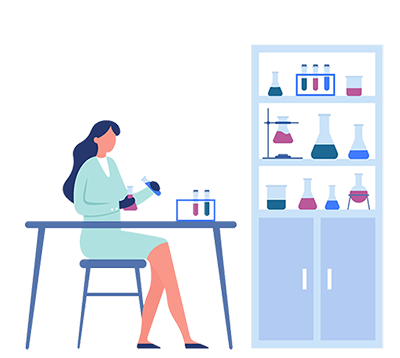BIOMARKERS
During the last 20 years the stress-outcome literature among children and adolescents has established a well rooted fact: early exposure to, and experience of, stress increases the odds for later negative development, including emotional problems and harmful behaviours.

THE PROPOSED STUDY
What we do not know is whether these odds can be cumulatively quantified and even reversed with external supportive functions during early and later adolescence (e.g., with parental and peer social support, participation in constructive organized recreational and extracurricular activities, positive school functions, and community level social capital) that are net of personality variations.
The proposed study will provide an opportunity to enhance our understanding of whether and how it is possible to buffer or reverse negative effects of early life stress.
BIOMARKER SALIVA
In order for us to to measure stress-levels, we collected biomarker saliva data from children at ages 15, 17, and 19. Saliva was obtained from a randomly chosen one quarter of the 4000 adolescents (~1000 adolescents) at three time points in adolescence (at age 15, 17, and 19), thus enabling us to supplement the administrative data with survey and biomarker data (i.e., cortisol and alpha-amylase). Cortisol and alpha-amylase reflect the activity of the two major biological stress systems in the body – the hypothalamic-pituitary adrenal axis (HPA) and the sympathetic adrenal medullary system (SAM).
Studies have shown that examination of both cortisol and alpha-amylase provide better prediction of internalizing and externalizing problems than measures of cortisol alone (El-Sheikh, Erath, Buckhalt, Granger, & Mize, 2008; Gordis, Granger, Susman, & Trickett, 2006).

1
Ten days prior to their scheduled visit to provide responses to the social survey, the sampled participants will be mailed a saliva sampling kit consisting of instructions, 3 vials, 3 straws, an electronic timer, and short sleep diary. They will be asked to collect saliva samples by passive drool (spitting through a straw into a 2 mL polypropylene tube) at the following times on a typical weekday prior to their visit: immediately after waking, 30 minutes after waking, and just before going to bed.
2
Participants will also complete a short (half page) sleep diary the morning they do their sampling, reporting on the timing and quality of their sleep the night before, since sleep timing and quality has been shown to influence cortisol levels (Zeiders, Doane, Adam, 2011). Similar protocols have been employed with success (average response rate of 81%) in other population-based projects assessing salivary cortisol (Adam & Kumari, 2009).
3
Participants will provide one additional timed sample on the day of their questionnaire completion, overseen by ICSRA staff. The 3 home samples and the lab sample will be analysed for salivary cortisol and salivary alpha-amylase levels. While not necessary for cortisol and alpha-amylase, length of sampling was controlled to allow us to analyse these same samples for measures of inflammation, such as IL6 and C-Reactive Protein.
Lifecourse is proudly powered by WordPress